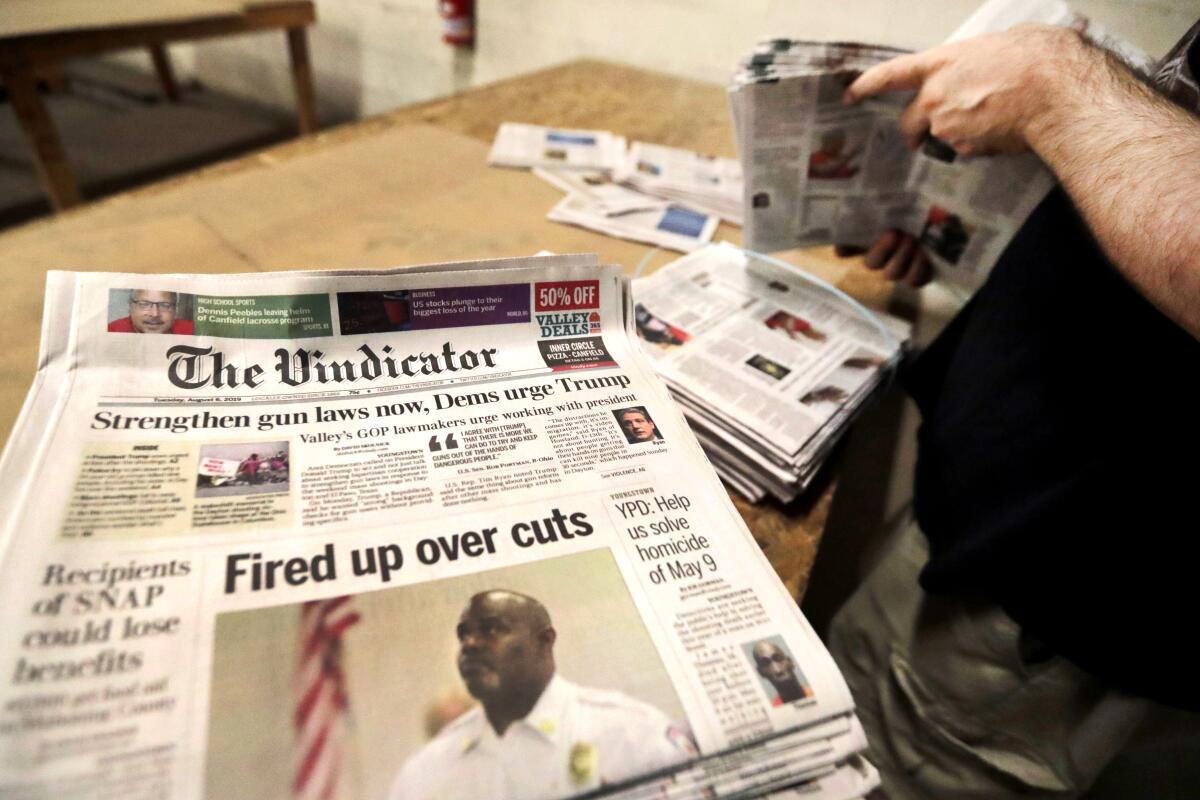News Articles Things To Know Before You Buy
Table of ContentsThe Buzz on News ArticlesNews Articles Can Be Fun For EveryoneThe smart Trick of News Articles That Nobody is DiscussingGetting My News Articles To WorkLittle Known Questions About News Articles.
Excellent understanding of different topics provides pupils a competitive side over their peers. Despite the fact that electronic and social media sites are easily accessible, we ought to not neglect exactly how vital it is to read the papers. Parents should try and inculcate the habit of reading a paper as a daily routine to proceed the tradition of the adored print tool.Newspaper article likewise contain at least among the adhering to vital attributes loved one to the intended audience: distance, prestige, timeliness, human rate of interest, curiosity, or repercussion. The related term journalese is often made use of, generally pejoratively, to refer to news-style writing. An additional is headlinese. Newspapers normally comply with an expository writing design.
Within these limits, information stories also aim to be extensive. Other elements are involved, some stylistic and some derived from the media form. Among the larger and extra respected newspapers, justness and equilibrium is a significant aspect in providing info. Commentary is normally restricted to a different area, though each paper might have a different total slant.
Newspapers with an international target market, for instance, often tend to utilize a more official style of writing. News Articles.; common design guides consist of the and the United States News Design Book.
The Ultimate Guide To News Articles
As a policy, reporters will certainly not utilize a long word when a brief one will certainly do. News writers try to avoid using the same word more than once in a paragraph (occasionally called an "resemble" or "word mirror").
Headlines sometimes leave out the topic (e.g., "Jumps From Boat, Catches in Wheel") or verb (e.g., "Cat woman fortunate"). A subhead (also subhed, sub-headline, subheading, caption, deck or dek) can be either a subordinate title under the main heading, or the heading of a subsection of the post. It is a heading that comes before the major message, or a group of paragraphs of the main text.

Additional signboards of any of these types may show up later on in the post (particularly on subsequent web pages) to attract additional reading. Such signboards are likewise used as guidelines to the write-up in various other sections of the magazine or site, or as ads for the item in other magazine or sites. Common framework with title, lead paragraph (recap in strong), various other paragraphs (details) and call info.

Example of a hard-lead paragraph NASA is suggesting another space task. The agency's spending plan demand, introduced today, consisted of a plan to send out one more mission to the Moon. This time the firm intends to develop a lasting facility as a jumping-off place for other room journeys. The spending plan demands around $10 billion for the job.
The NASA announcement came as the company asked for $10 billion of appropriations for the task. An "off-lead" is the second crucial front page news of the day. The off-lead appears either in the leading left corner, or directly listed below the lead on the right. To "hide the lead" is to begin the short article with background details or details of second significance to the viewers, requiring them to find out more deeply into an article than they should have to in order to find the vital factors.
5 Easy Facts About News Articles Shown
Usual usage is that or 2 sentences each form their very own paragraph. Journalists generally explain the company or framework of an information tale as an inverted pyramid. The necessary and most interesting elements of a story are put at the start, with supporting info adhering to in order of lessening relevance.
It enables people to explore a topic to just the depth that their curiosity takes them, and without the imposition of details or nuances that they might take into consideration unnecessary, yet still making that details available to a lot more interested viewers. The upside down pyramid framework additionally makes it possible for short articles to be cut to any type of arbitrary length during layout, to fit in the room offered.
Some writers start their he has a good point stories with the "1-2-3 lead", yet there are many kinds of lead available. This layout invariably begins with a "5 Ws" opening up paragraph (as explained over), adhered to by an indirect quote that serves to sustain a significant aspect of the first paragraph, and afterwards a direct quote to sustain the indirect quote. [] A twist can refer to multiple things: The last story in the news broadcast; a "pleased" tale to finish the show.
Longer short articles, such as publication cover short articles and the pieces that lead the within sections of a paper, are known as. Attribute tales vary from straight information in several ways.
The smart Trick of News Articles That Nobody is Discussing
The journalist usually information visit communications with meeting subjects, making the piece a lot more individual. A feature's very first paragraphs usually relate a fascinating minute or occasion, as in an "anecdotal lead". From the particulars of a person or episode, its view rapidly expands to abstract principles concerning the tale's topic. The area that signals what a feature has to do with is called the or signboard.

The Editor's Tool kit: A Reference Guide for Beginners and Professionals (2001) Allan M. Siegal and William G. Connolly. The New York City Times Guidebook of Style and Usage: The Authorities Design Overview Used by the Writers and Editors of the Globe's Many Authoritative Newspaper (2002) M. L. Stein, Susan Paterno, and R.